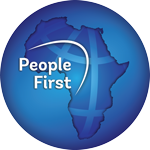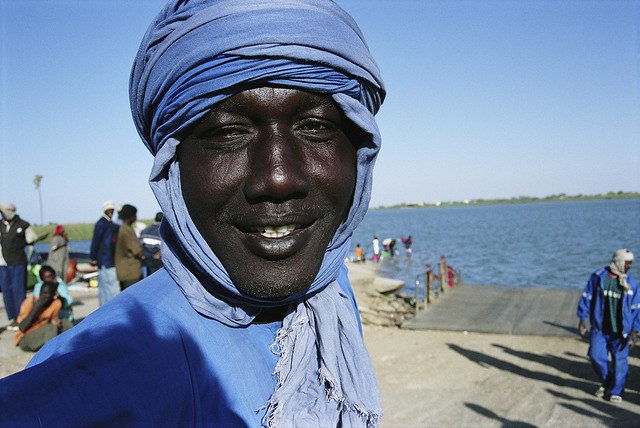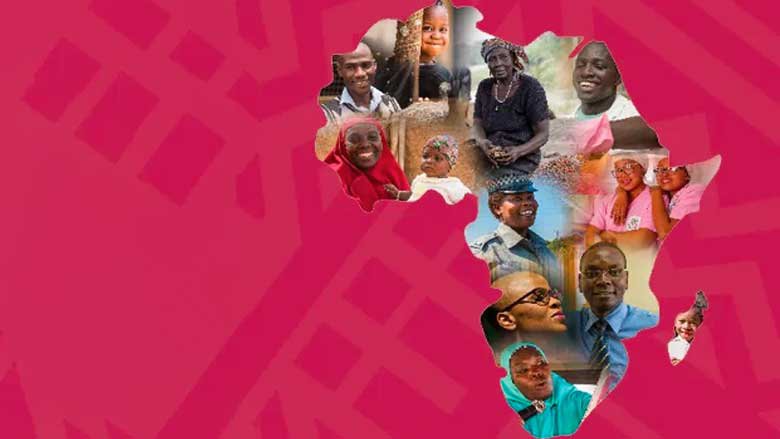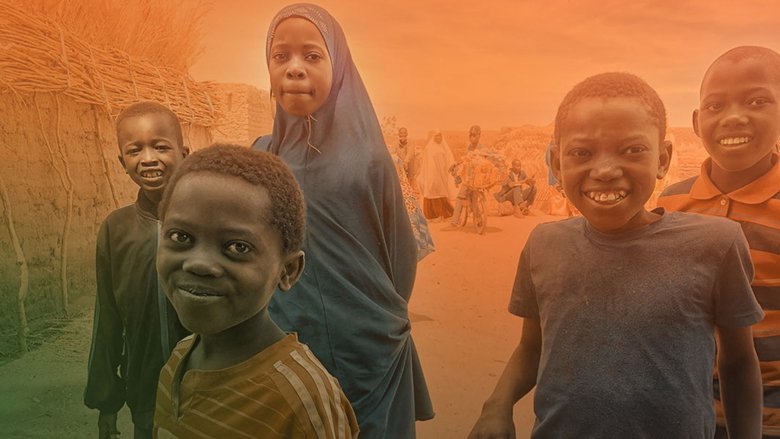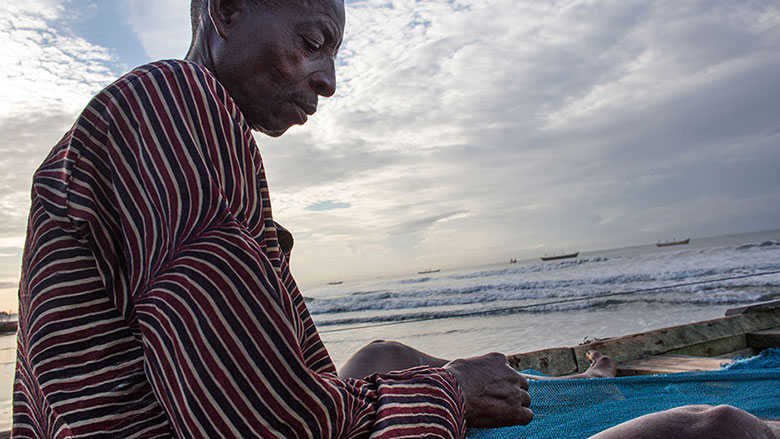Burkina Faso is a low-income country in the Sahel. Its economy, dominated by the extractive and agricultural sectors, remains vulnerable to security and climatic shocks and is linked to commodity prices. More than 40% of its population lives below the national poverty line. The 2025 Human Development Index (HDI) report of the UNDP ranks Burkina Faso186th out of 193 countries.
Political situation
After the coup d'état of 30 September 2022 that overthrew Lieutenant Colonel Paul-Henri Damiba, Captain Ibrahim Traoré was sworn in as the new transitional president on 21 October 2022. The Transition Charter was amended and adopted on 25 May 2024. According to the new text, the duration of the transition is extended by five years, starting on July 2, 2024.
Since 2015, Burkina Faso has been the target of terrorist attacks that cause population displacement. While there were fewer than 50,000 internally displaced persons (IDPs) in January 2019, the country had recorded 2.01 million as of March 30, 2023 (the latest census), according to the United Nations Office for the Coordination of Humanitarian Affairs. According to the government, more than one million IDPs have been resettled in about 700 localities in the country.
The health and education sectors have been strongly impacted. On 16 September 2023, Burkina Faso, Mali and Niger created the Alliance of Sahel States (AES) to pool their efforts against terrorism. These countries have also decided to leave the Economic Community of West African States (ECOWAS) on January 28, 2024, citing a lack of solidarity in their fight against terrorism. In March 2025, the three countries announced their withdrawal from the International Organization of La Francophonie (OIF).
Economy
In the first quarter of 2025, real GDP growth stood at 3.8% year-on-year. For the year as a whole, it is expected to reach 4.7% (or 2.3% per capita). The services sector remains the main driver of growth, contributing 2.5 percentage points (pp), due to the good performance of public administration services.
The contribution of the agriculture sector is projected to decrease significantly from 1.9 pp in 2024 to 0.6 pp in 2025. This decrease is due to less favorable rainfall than the previous year and a decline in cotton production following the closure of SOCOMA, the country's second largest cotton company.
The secondary sector, after a negative contribution in 2024, is expected to rebound in 2025 and contribute 1.1 pp to growth. This recovery is based on an expected increase in gold production, facilitated by the reopening of closed mines and the gradual formalization of artisanal and semi-mechanized gold mining.
Inflation is expected to stand at 2.7% in 2025, up from 4.2% in 2024. This decline in inflation, combined with the favorable agricultural season, is expected to contribute to a decline in the extreme poverty rate, from 37.5% in 2024 to 34.2% in 2025.
The budget deficit is expected to narrow to 4.7% of GDP, thanks to a stabilization of revenues and the reduction of staff costs.
Medium-term outlook
Assuming continued improvement in security, favorable weather conditions, and a stable political environment, economic growth is expected to strengthen, reaching 5.1% in 2027.
The Government remains committed to a fiscal consolidation policy. Public debt, as a percentage of GDP, is expected to decline gradually through 2027. By 2027, the total number of people living in extreme poverty is expected to be 7.9 million, up from 9.3 million in 2021.
Last Updated: Oct 09, 2025

